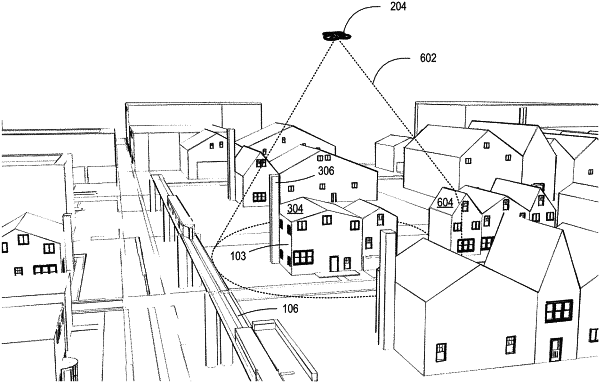| CPC G06T 19/00 (2013.01) [B64C 39/024 (2013.01); G01J 1/44 (2013.01); G06V 20/17 (2022.01); G06V 20/176 (2022.01); G06V 20/188 (2022.01); G06V 20/58 (2022.01); B64U 2101/30 (2023.01); G01J 2001/4276 (2013.01)] | 25 Claims |

|
1. A method, comprising:
modeling a divergent ray path between each of a plurality of locations on a modeled surface of a structure and modeled locations of a sun relative to the modeled surface of the structure at each of a plurality of different times during a time period;
identifying a first set of the modeled ray paths that, for their respective locations on the surface and times during the time period, are unobstructed between the surface and the respective modeled locations of the sun; and
calculating a solar irradiance value for each location on the surface between a first time and a second time based, at least in part, on the identified unobstructed ray paths associated with each respective location on the surface between the first time and the second time.
|